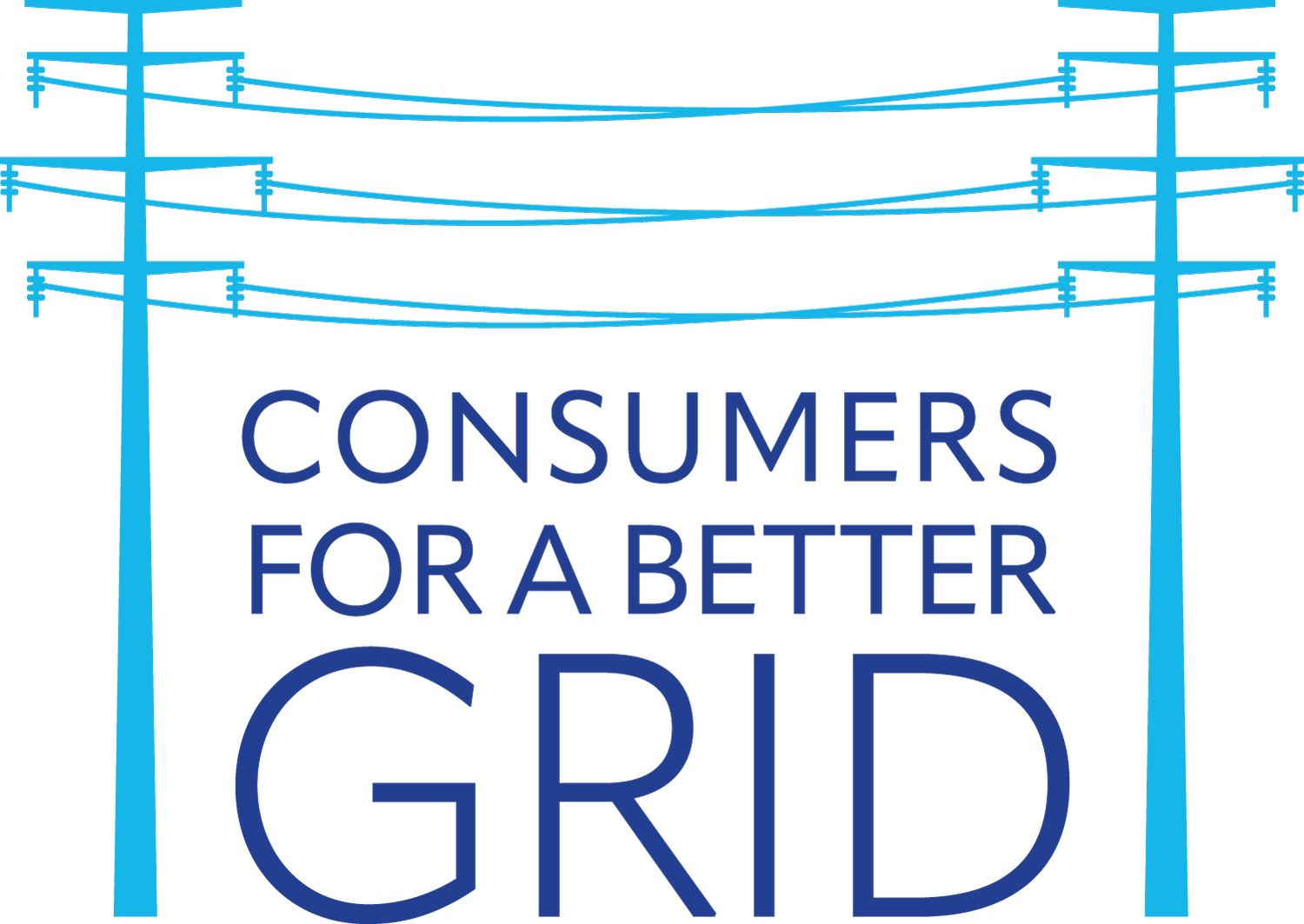Modern Transmission
What's it all about? As climate change gets worse and fossil fuels get more expensive, there is a vital need to reform our policies connected to transmission--the big power lines designed to move large amounts of electricity across the country--to get cleaner, more affordable energy resources delivered to consumers. An interconnected transmission network also increases grid resilience in the face of disruptions.
FERC Order 1920: The Federal Energy Regulatory Commission (FERC) recently came out with a new rule, Order 1920, for how to plan transmission. The rule is timely and necessary, since building transmission haphazardly is more expensive and less beneficial, and transmission lines are critical to moving cheap renewable energy to where it is needed most. Unfortunately, PJM wants to delay or weaken key parts of Order 1920–we are monitoring PJM and challenging it to fully implement the FERC order.
Alternative Transmission Technologies: Strong transmission policy isn't just about building more efficient transmission. It's also about using technologies that can get the biggest bang for our buck out of the existing transmission system. Grid-Enhancing Technologies (GETs) can allow grid operators to maximize the amount of electricity going through existing transmission lines. Other alternative transmission technologies, like storage as a transmission asset, can improve reliability by having a battery serve as a backup during temporary outages. Storage as transmission can even be cheaper and quicker to build than traditional transmission lines.
Interregional transmission: Interregional transmission connects grid regions to each other, like PJM to MISO (MISO is the grid operator in much of the Midwest). When it is well-designed and utilized, interregional transmission improves reliability and affordability for ratepayers. A recent study has shown that interregional transmission could save $1.7 billion annually. The benefits of interregional transmission exist under all weather conditions, but especially help avoid blackouts during extreme weather. Finally, interregional transmission is key to achieving the clean energy transition.
Why should consumers care? If you care about affordable, clean and reliable electricity, you care about transmission. We pay for transmission as a separate line item on our power bills, and it is becoming a bigger and bigger part of our bill. Well-planned transmission is key to fully unlocking the clean energy transition.
Resources:

